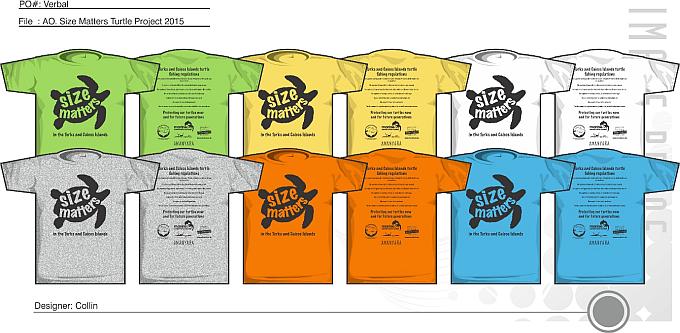At the recent BCG Symposium, Peter Richardson of the Marine Conservation Society brought us up to date on their work with sea turtles in the Turks & Caicos Islands. A recent paper by the team describing their progress is reviewed here.
Marine turtles are sensitive to harvesting because of life-cycle traits such as longevity, late maturity and returning to their birthplace to breed. The take of nesting females is of conservation concern because they are key to population maintenance, which has led to global efforts to protect this life stage.
In the Turks and Caicos Islands (TCI; a UK Overseas Territory in the Caribbean), previous turtle fishery legislation protected nesting turtles on the beach but not in the water, where turtles over a minimum size were subject to legal take. In a 2-year study, the MCS undertook nesting beach and in-water surveys, molecular analyses, satellite tracking and collation of fisheries landing data to investigate the populations of Green (Chelonia mydas) and Hawksbill (Eretmochelys imbricata) Turtles in the TCI and its turtle fishery.
Adults were frequently taken in one of the region’s largest legal and artisanal turtle fisheries. It seems that the genetically unique nesting populations in the TCI have diminished since the 1980s, probably as a result of the harvest of adults. Evidence from MCS, including satellite tracking sponsored by the BCG, highlighted the inadequacies of the former fishery regulations.
As a result of this study, changes to the legislation came into force on 1 July 2014. With good enforcement, these measures will protect adults breeding in the TCI and those from nesting rookeries in the region that use the waters of the TCI. The new regulations impose size restrictions on the turtles caught, so the taking of adults above 24” carapace length is now prohibited. This size limit takes into account the smaller maturity size of Hawksbill Turtles compared with the Green. Taking juveniles less than 18” in length is also forbidden, and other turtle species may not be caught at all.
Cooperation has been key to these studies, and an excellent rapport has been built up with the fishers with the aim of safeguarding their livelihoods as well as the future of the Caribbean turtle populations breeding in the TCI. This should benefit future generations of both people and turtles by conserving the region’s natural heritage.
This project led to the “Size Matters” slogan, printed onto T-shirts for the fishing community to advertise their involvement in improving the management of their fishery for conservation of the turtles. More details will be published in Testudo in the autumn.
Biodiversity Conservation (2015): Protecting the breeders: research informs legislative change in a marine turtle fishery. T.B. Stringell, W.V. Clerveaux, B.J. Godley, Q. Phillips, S. Ranger, P.B. Richardson, A. Sanghera & A.C. Broderick.
Top

